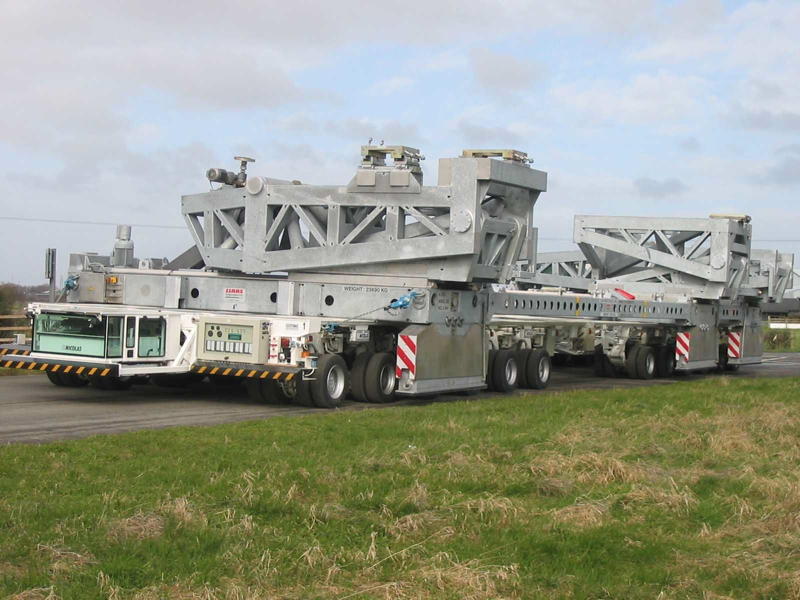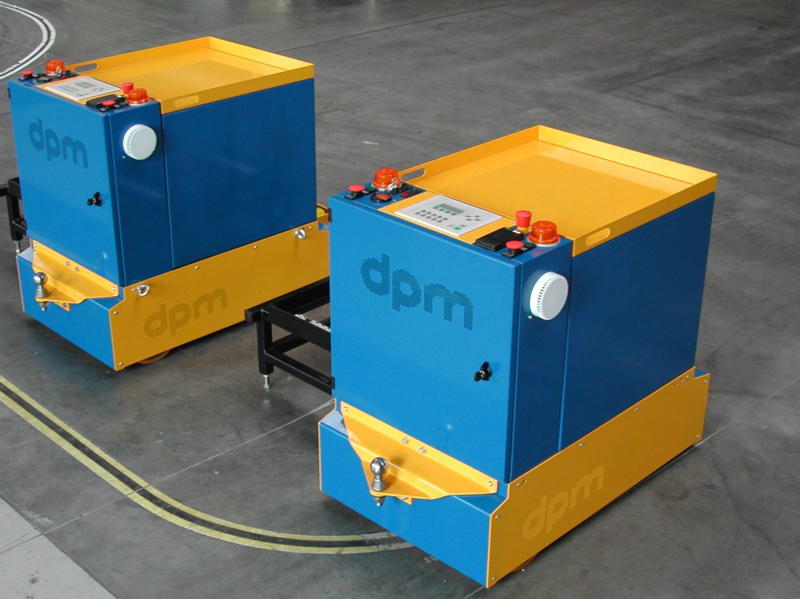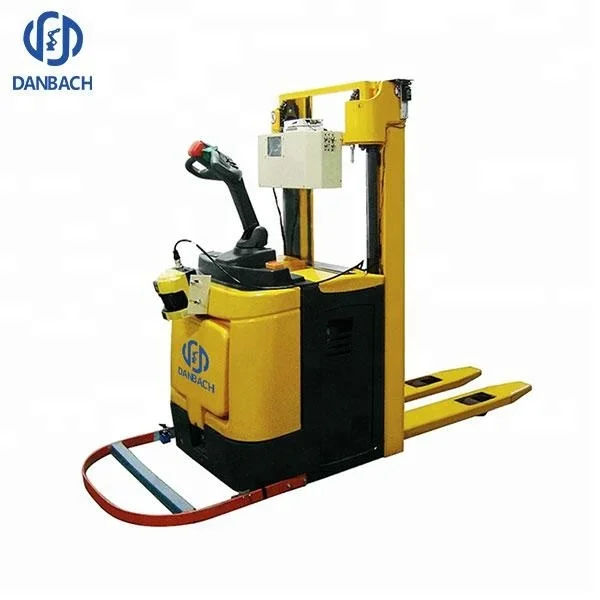
The combination of these two technologies allow AMRs to orient themselves with precision.

The robot is equipped with a rotating laser, moves using the principle of odometry, and uses the reflectors to define its path. This system allows the AMR to move thanks to a network of reflectors integrated into its environment. They also rely on two more sophisticated technologies. If its path is obstructed, it will stop until the obstacle is removed.ĪMRs: More autonomous, more flexible robotsĪMRs (autonomous mobile robots) are an alternative to fixed infrastructure with high start-up costs and the relatively inflexible use of AGVs. The AGV can detect obstacles in its path but cannot bypass them. With wire guidance, its movements are limited to fixed routes, and the slightest modification of these routes would involve substantial work and an interruption of production. With minimal onboard intelligence, the AGV, in its most basic version, can only obey basic programming instructions.

This solution also falls short of total flexibility, but it does not require structural work. Opti-guidance is a less expensive, simpler alternative to wire guidance and allows the AGV to use onboard cameras to follow a painted line on the ground. Wire guidance is therefore suitable for simple applications but does not offer any flexibility. Implementing this movement technology, and modifying the path in any way, requires work. The robot detects the signal transmitted by the path and follows it, as if it were on a railway track. To achieve this, AGVs can use two types of technology.īuried wave-emitting wires, metal rails on the ground, underground electric wires… an AGV moves by following a path plotted on the ground. They have a major presence in logistics and allow goods to be moved within a given space without human intervention.

Introduced in the 1950s, in the automotive industry, AGVs are designed to transport or tow materials. Although both AGVs and AMRs allow materials to be moved from point A to point B, the comparison ends there.ĪGVs: For simple programming instructions Today, a more sophisticated technology is competing with them: Autonomous Mobile Robots AMR. Until recently, AGVs were the only option for automating internal transport tasks.


 0 kommentar(er)
0 kommentar(er)
